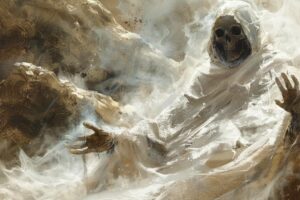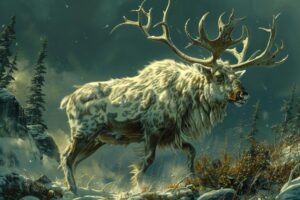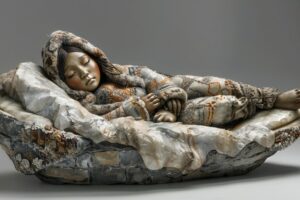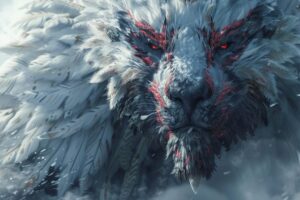Malina Sun Goddess: A Mythological Exploration
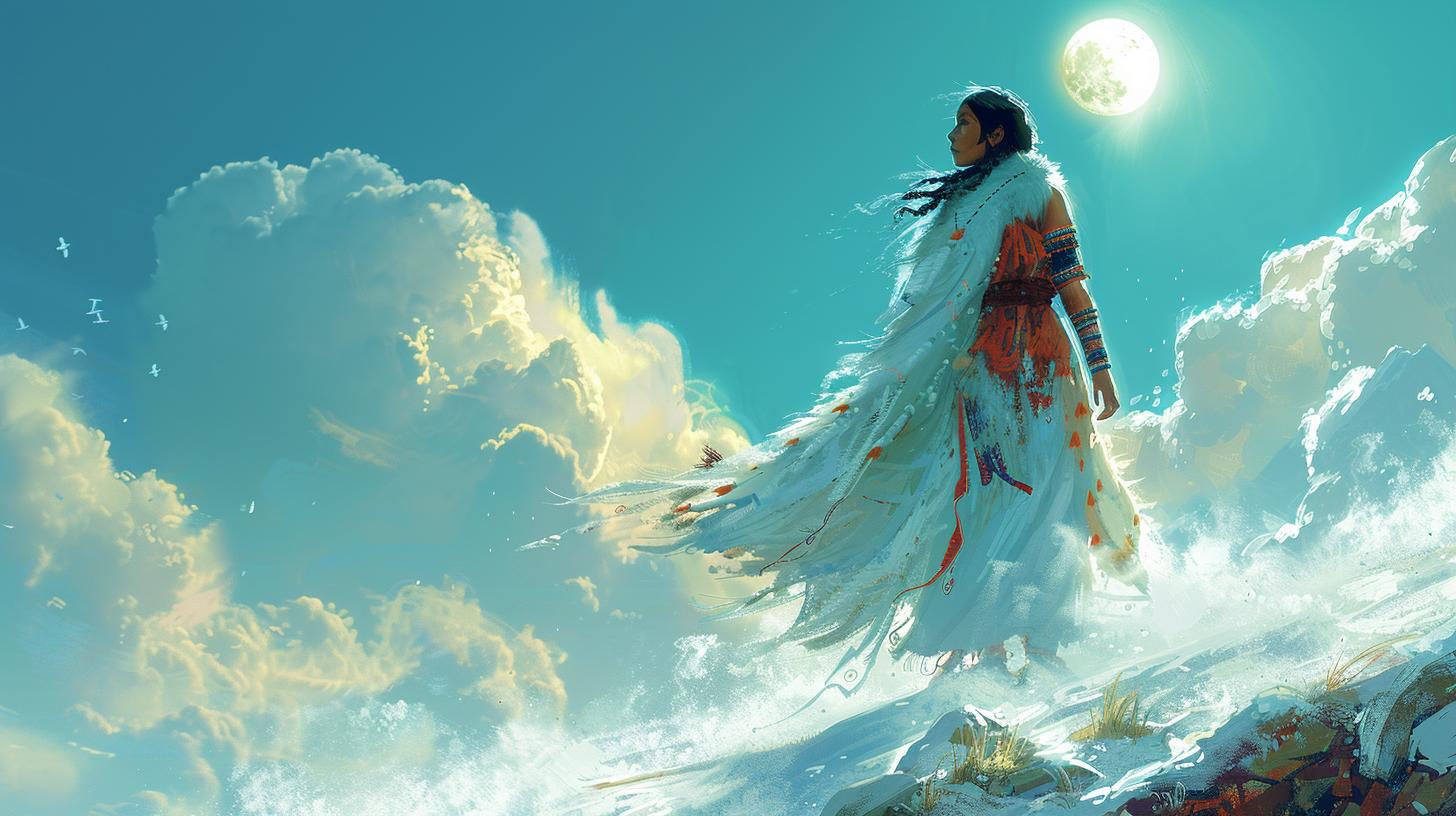
The myth of Malina, the Sun Goddess, is a significant tale in Inuit mythology. It tells the story of Malina and her brother Aningak, whose celestial chase across the sky represents the sun and moon cycles.
Cultural variations highlight themes of beauty, shame, and cosmic relationships. Malina’s role as the Sun Goddess underscores her importance in Inuit mythology and the lessons derived from her story with Aningak.
The Myth of Malina and Aningak
The tale of Malina and Aningak, central to Inuit mythology, begins with their childhood, where they shared happiness and innocence. As they grew older, they were separated into gender-assigned homes, initiating a shift in their relationship.
Aningak, fueled by desire, pursued Malina in a misguided attempt to claim her.
The Childhood of Malina and Aningak
- Malina and Aningak shared a bond of joy during their early years.
- As siblings, they basked in the purity of their connection.
- Their innocent camaraderie laid the foundation for their future dynamics.
The Separation of Malina and Aningak
- Growing up led to a distancing of Malina and Aningak, as societal norms dictated separation.
- Their individual paths marked the beginning of a divergent journey.
- The homes assigned to each sibling served as physical manifestations of their parting.
Aningak’s Pursuit of Malina
- Aningak’s desire for Malina transcended fraternal love, leading to a calamitous pursuit.
- In a moment of darkness, Aningak’s intentions shifted, tainting their relationship irreparably.
- Malina’s revelation of her brother’s betrayal set forth a cosmic chase that forever altered their roles.
The Celestial Chase
The story of Malina and Aningak’s chase through the sky is a tale that captures the celestial beauty and drama of the sun and moon.
The Transformation of Malina and Aningak
Malina’s escape to the sky transformed her into the radiant Sun Goddess, while Aningak became the enigmatic deity of the moon, forever chasing her light across the heavens.
The Daily Race Across the Sky
- Every day, Malina and Aningak engage in their timeless race, with Malina shining brightly as the sun, and Aningak palely following as the moon.
- Their pursuit echoes the eternal dance of day and night, light and darkness, a cycle repeated endlessly in the Arctic skies.
Eclipse Events and Celestial Phenomena
During rare moments of alignment, when Aningak catches up to Malina, a solar eclipse occurs, reminding us of the ongoing chase between sun and moon.
Cultural Variations in the Myth
The myth of Malina and Aningak embodies cultural variations across different regions, showcasing diverse interpretations and themes woven into the narrative.
Regional Interpretations
- Distinct regions offer unique spins on the Malina legend.
- Cultural nuances shape how the Sun Goddess is portrayed.
Themes of Incest and Shame
- Taboos around incest and shame play a role in the myth.
- Interpretations vary, highlighting societal values and moral lessons.
Symbolism of Beauty and Cosmic Relationships
- Beauty is a central theme in the myth of Malina.
- Cosmic relationships are symbolically represented through Malina and Aningak.
The Significance of Malina in Inuit Mythology
The story of Malina carries great importance within Inuit mythology, embodying various symbolic meanings and teachings. From her role as the Sun Goddess to her involvement in lunar cycles, Malina’s significance resonates deeply with Inuit culture and beliefs.
Let’s explore the different aspects that highlight the profound significance of Malina in Inuit mythology.
Malina as the Sun Goddess
Malina’s portrayal as the Sun Goddess elevates her status to a divine figure associated with light, warmth, and vitality. She represents the life-giving force that brings light to the world, symbolizing hope, growth, and renewal.
The Inuit people hold Malina in high regard for her role in illuminating the sky and sustaining life on earth.
Malina’s Role in Lunar Cycles
- Malina’s connection to lunar cycles reflects the intricate balance between light and darkness, day and night. As the sister of the Moon God Aningak, Malina’s celestial dance influences the shifting phases of the moon, shaping the rhythm of time and seasons.
- Her cyclical journey across the sky mirrors the continuous cycle of life, death, and rebirth, symbolizing the eternal nature of existence and the interconnectedness of all living beings.
Lessons from the Story of Malina and Aningak
The myth of Malina and Aningak conveys profound lessons about family dynamics, moral boundaries, and the consequences of forbidden love.
Their celestial chase serves as a cautionary tale against lust, betrayal, and the violation of sacred bonds.
- By exploring the complexities of human relationships and cosmic forces, the story of Malina and Aningak imparts wisdom on the importance of respect, self-control, and honoring natural order.
- Through Malina’s transformation into the Sun Goddess and Aningak’s eternal pursuit, the myth teaches valuable lessons on redemption, forgiveness, and the enduring power of love amidst adversity.
.





